In this guide to speaker placement, we explain the basic rules for setting up a stereo or home cinema system, with focus on the ideal distances and heights. We also give tips on different types of speakers such as centre, dipoles and direct radiators.
Try as best as you can to comply with the recommendations for speaker placement. AV receivers offer a wide range of options that compensate for any compromises that you may need to take in terms of installation. In general, this rule always applies anyway: you can always use the recommendations as a guideline but can of course experiment to find what works best in your room acoustically. Let your ears decide!
You can find our more about room acoustics, which have a big influence on the sound of your home cinema system, in this article.
Speaker set-up for stereo systems
The rules for stereo speakersOpens in new tab are basically applicable to all multi-channel configurations with front speakers. The two speakers and the listening area should ideally form the so-called stereo triangle. This means that the distance between the two speakers is as big as the distance between the listener and the two loudspeakers (which would result in an isosceles triangle if you imagine connecting lines).
The front speakers should be placed at an angle of 60 degrees to the listening area. The conversion factor of 0.87 can be used to calculate the ideal distance between the sitting position and the centre between the speakers – where the TV should be. The tip of the stereo triangle is often referred to as a sweet spot.
Example calculation: 4 m (speaker distance) x 0,87 = 3,48 m
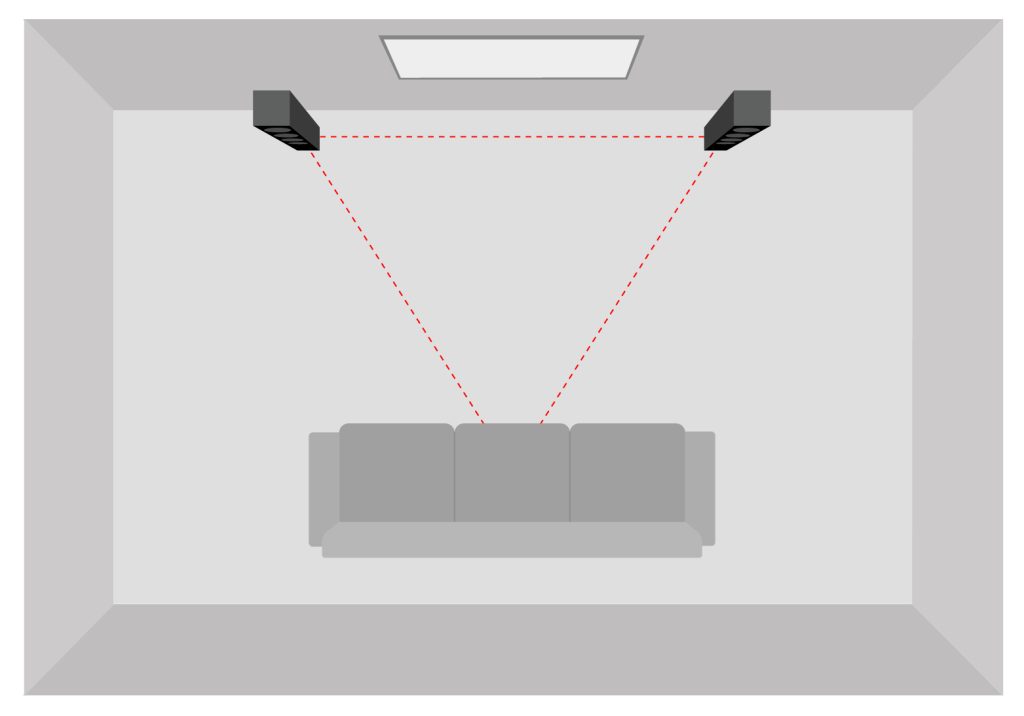
2.1: adding a subwoofer to your stereo system
The rules for positioning a subwoofer apply regardless of the specific speaker configuration in which it is placed. In general, the position of the subwoofer in the room is not quite so important anyway, because it is difficult for our ears to locate an accurate source of bass frequencies. It is essentially a matter of ensuring that the bass can spread out into the room in the right way.
The subwoofer should be able to emit the sound waves freely into the room and should not be obstructed by large objects or items of furniture. You also want to try and limit acoustic distortion caused by room modes, which occur particularly when the subwoofer is placed in the corner of the room. A wall mounted installation can also have a negative effect. Therefore, the frequently recommended position “centered or slightly offset between the front speakers” is usually a good decision.
Soundbars with subwoofer from Teufel
Loudspeaker installation in 5.1 systems
The setup of classic home cinema systems consists of a total of six speakers. Speech, music and the main sound effects are produced by two front speakers and the centre speaker. The bass comes from the subwoofer, and the two effect speakers produce surround sound.
5.1 home cinema systems with rear dipoles
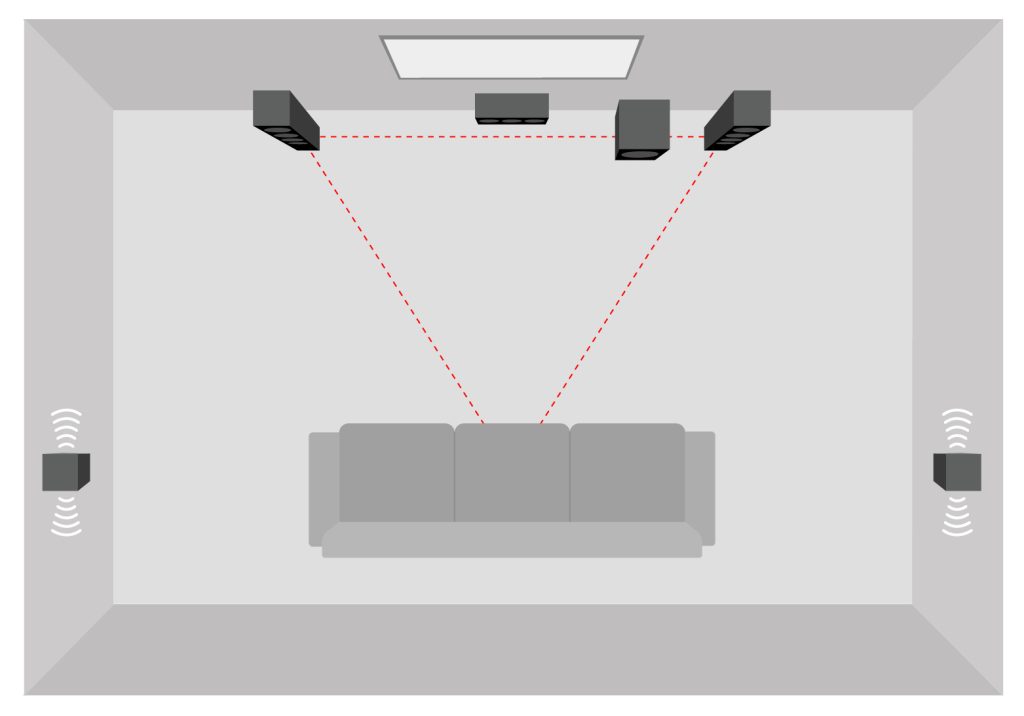
In a 5.1 setup, the front speakers are placed in the traditional stereo triangle (as mentioned above: distance to the listener = distance between the left and right speakers) next to the TV. The use of feet automatically guarantees an optimal height of the front speakers.For wall-mounted or bookshelf speakers, the installation height should be between 40 cm and 1.20 m. If the height is outwith this range, it should be angled slightly up or down towards the listener. It is important to note that the centre and front speakers are placed approximately in a straight line, possibly also on a slightly curved arc that is slightly curved towards the TV/screen. A staggered speaker front can lead to differences in the running times of (sound waves) which could affect the symmetry of the sound image. Since the centre speaker reproduces speech, it must be positioned as centrally as possible underneath or above the screen. Only then will the sound be perfectly synchronised with the picture on screen.
The dipoles should be mounted on the side of the listening position at a height of 1.40 to 2.10 metres. Many Teufel dipoles already have an integrated wall mount. The dipole speakers then radiate sound forwards (in the direction of the TV screen) and backwards (towards the back wall), so that no direct sound can be heard at the listening position. The distance from the rear wall should be at least 10 cm.
Alternatively, you can also mount the dipoles behind the sitting position on the rear wall with a wall bracket at a height of 1.40 to 2.10 metres. Almost all Teufel dipoles have an integrated M6 plug screw for mounting on wall brackets, which you can get as an optional extra. The dipole speakers can then be rotated at an angle of 45 degrees with one side emitting sound to the rear wall and the other to the side wall. The resulting sound reflections create the desired diffusion for sound effects.
5.1 home cinema sets with rear direct emitters
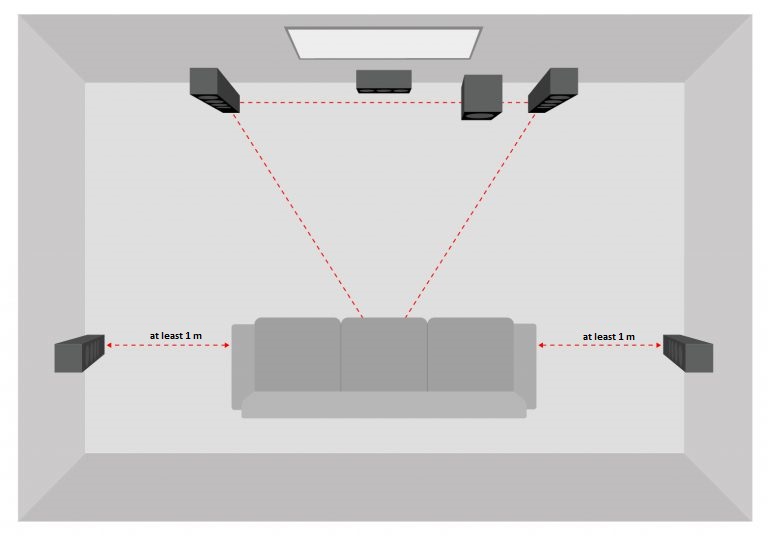
In the case of a concert set with direct radiators, the rear speakers must be fitted to the left and right of the seating position. The distance between the rear speakers and the listening position should be at least one metre. At a distance of more than one metre from the listening position, the rear speakers are ideally positioned in line with the front speakers – preferably on a stand or mounted on the wall at a height of up to 2.10 metres. If the speakers have to be placed much higher or lower, it may make sense to reconsider the listening position. Read more about how to wall mount your speakers, and see our webshopOpens in new tab for a range of speaker accessories, including wall mounts.Opens in new tab
Speaker installation for 7.1 systems
With a 7.1 system, the surround sound is expanded even more. Sound reaches the listener from all four sides. The speaker setup of a 7.1 system includes two additional satellites behind the listening area – the rear centre speakers.
7.1 – Home cinema systems with rear dipoles

If the distance between the listening position and the rear centre speaker pair (7.1) is less than one metre, e. g. because the sofa stands on the rear wall, we recommend using dipoles instead of direct radiators.
In a 7.1 system, the effect speakers are ideally mounted on the side wall next to the listening position, while the rear centre speakers are mounted on the rear wall – each at a height of 1.40 to 2.10 metres.
You should try to ensure that the distances between the four effect speakers are the same. In addition, the speakers should be at least one metre apart. If the distances are different or the four rear speakers for some reason have to be positioned at different heights, this asymmetry can be compensated for in the AV receiver’s speaker management. To do this, you will have to specify the actual distances of the individual speakers, and the receiver software will automatically compensate for the resulting delay time differences when the sound waves are emitted.
As mentioned above, the position of the subwoofer can be chosen freely and does not affect the other speakers. Ideally, it should be placed on the straight line between the two front speakers.
7.1 home cinema set with 2 direct emitters and 2 rear dipoles
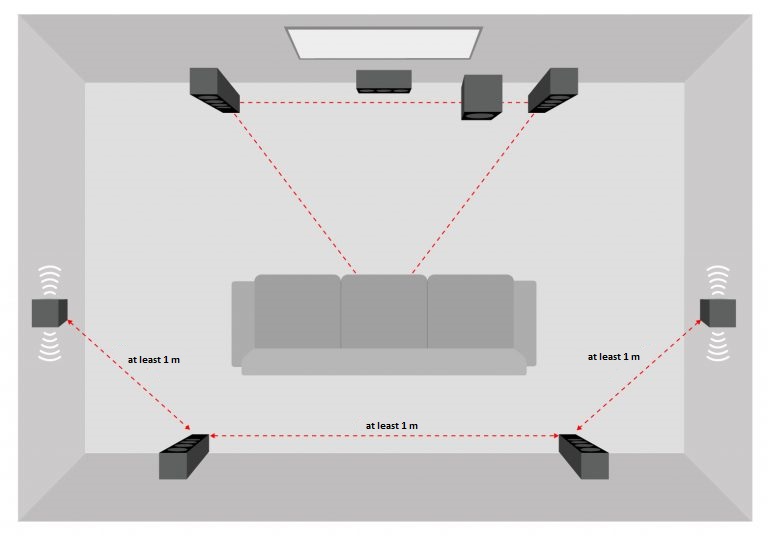
7.1 home cinema systems with 4 rear direct emitters
A speaker installation with four direct emitters to the rear is also possible. All effect speakers should be further than one metre away from the listener’s position. If you are unable to maintain the minimum distance, try to make sure that the speakers do not emit directly towards the listener’s position. The rear speakers should always be placed between the range of 1.40 and 2.10 metres.
Option: high front speakers
High front speakers intensify film sound and create a more spatial surround. For this, the AV receiver must be equipped with front high or “Presence” speaker terminals. The front high speakers should be located directly above the screen or above the TV set, with a slight focus on the listening position. Front high speakers can be installed as additions to a 5.1 or 7.1 set.
Speaker installation for a Dolby Atmos set
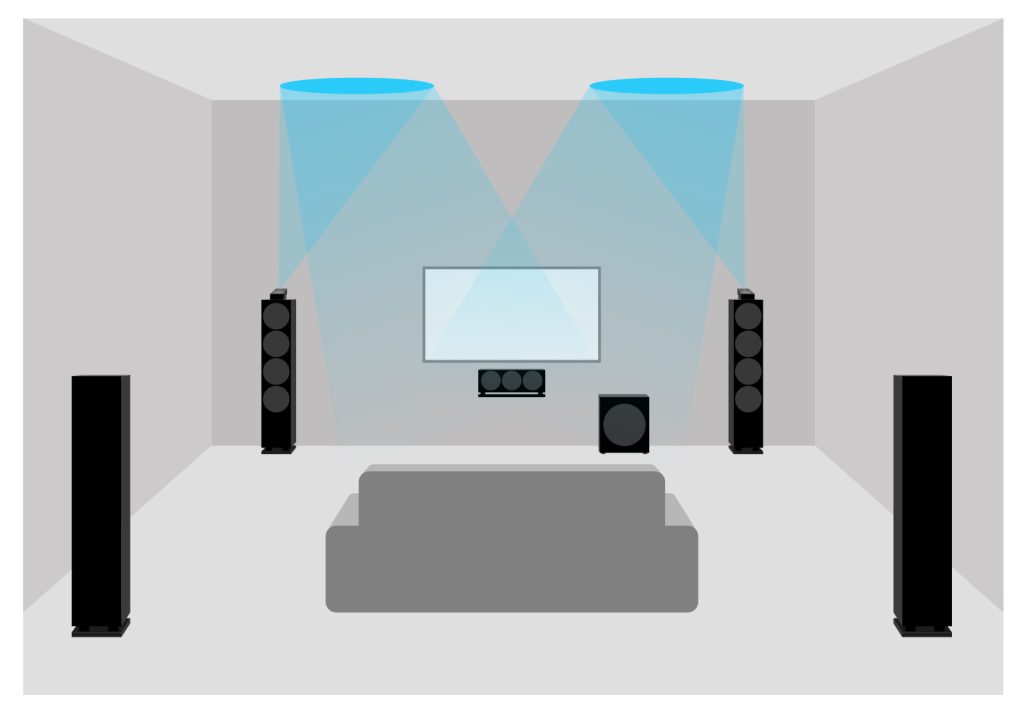
Unlike other surround sound standards, Dolby Atmos is not channel-related, but works with so-called sound objects. With the 5.1 or 7.1 systems described so far, the sound is mixed beforehand in such a way that it later works with exactly these six or eight channels. Dolby Atmos, on the other hand, can control the channels flexibly.
The minimum number of speakers for Atmos sound is eight (5.1.2). Theoretically, up to 32 (as 31.1 or 24.2.6) speakers can be operated. When sound engineers now produce in Dolby Atmos, they can display sound objects spatially without having to commit themselves to a particular channel. An explosion on the left side of the screen is now simply defined as a sound from a certain position on the left, with the corresponding level and time. A similar procedure has been used in gaming engines for years.
The immersive sound effect is created by deliberately applied sound reflections. With the LT 5 (Licensed by Dolby Atmos), these are integrated directly into the front and rear speakers.
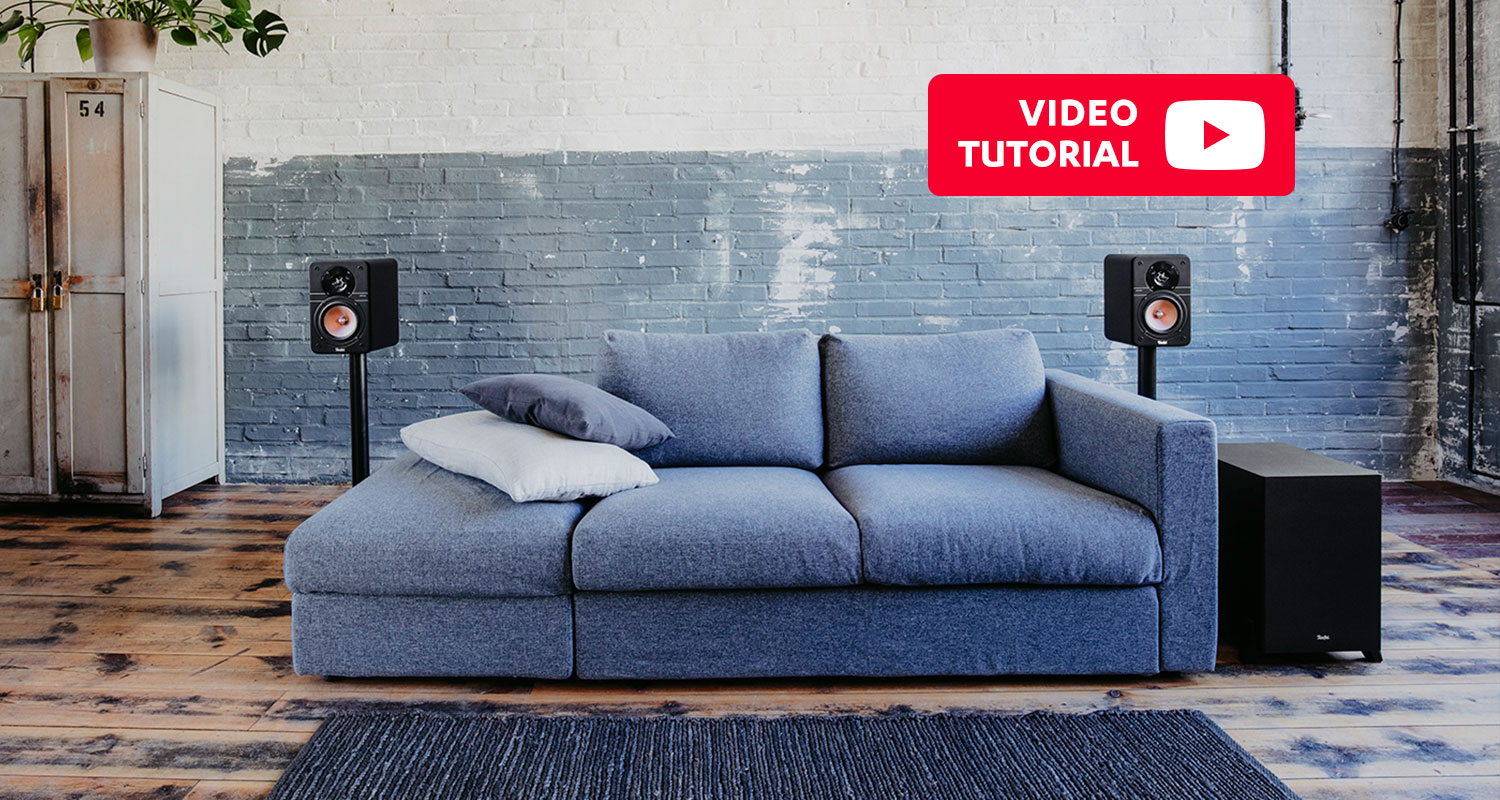
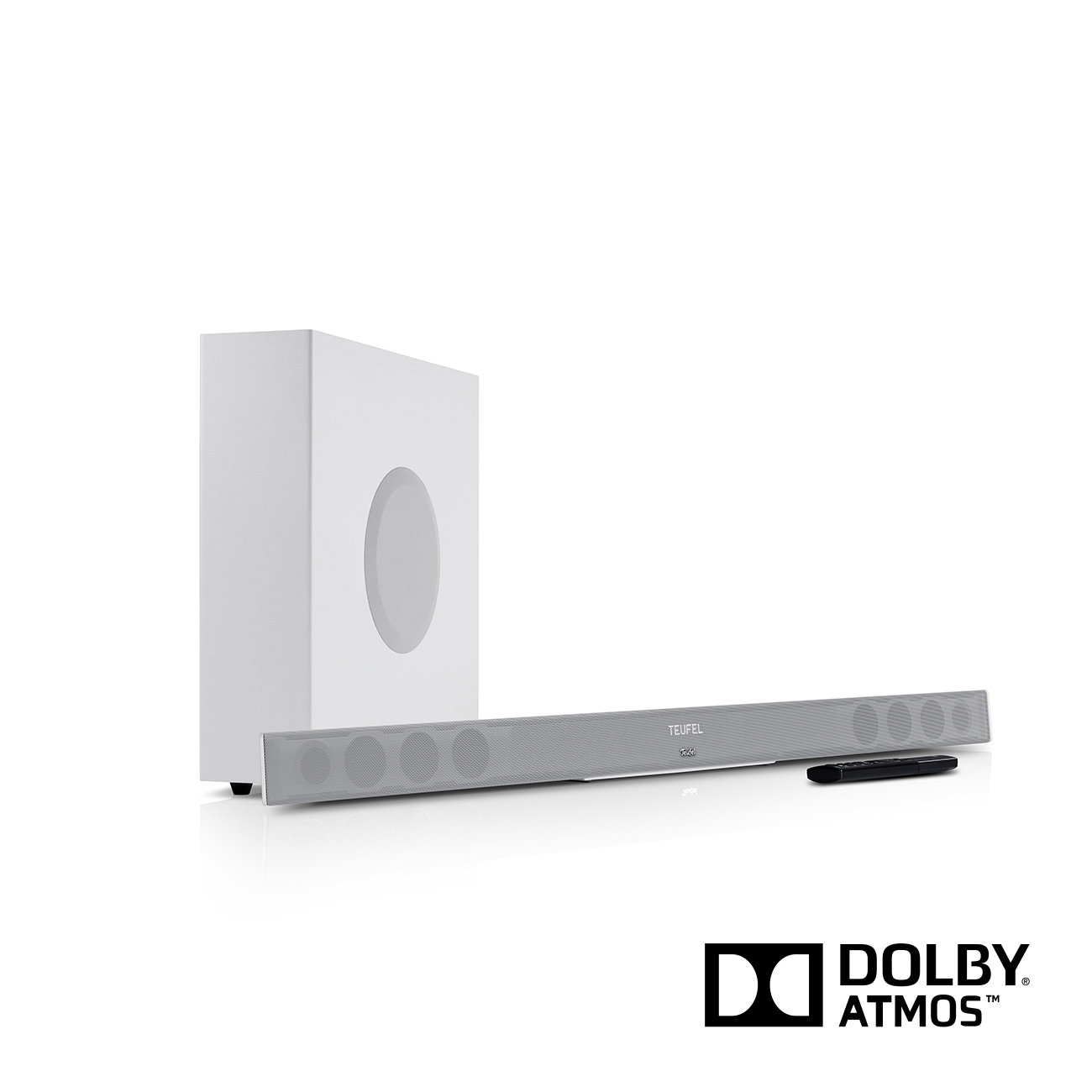
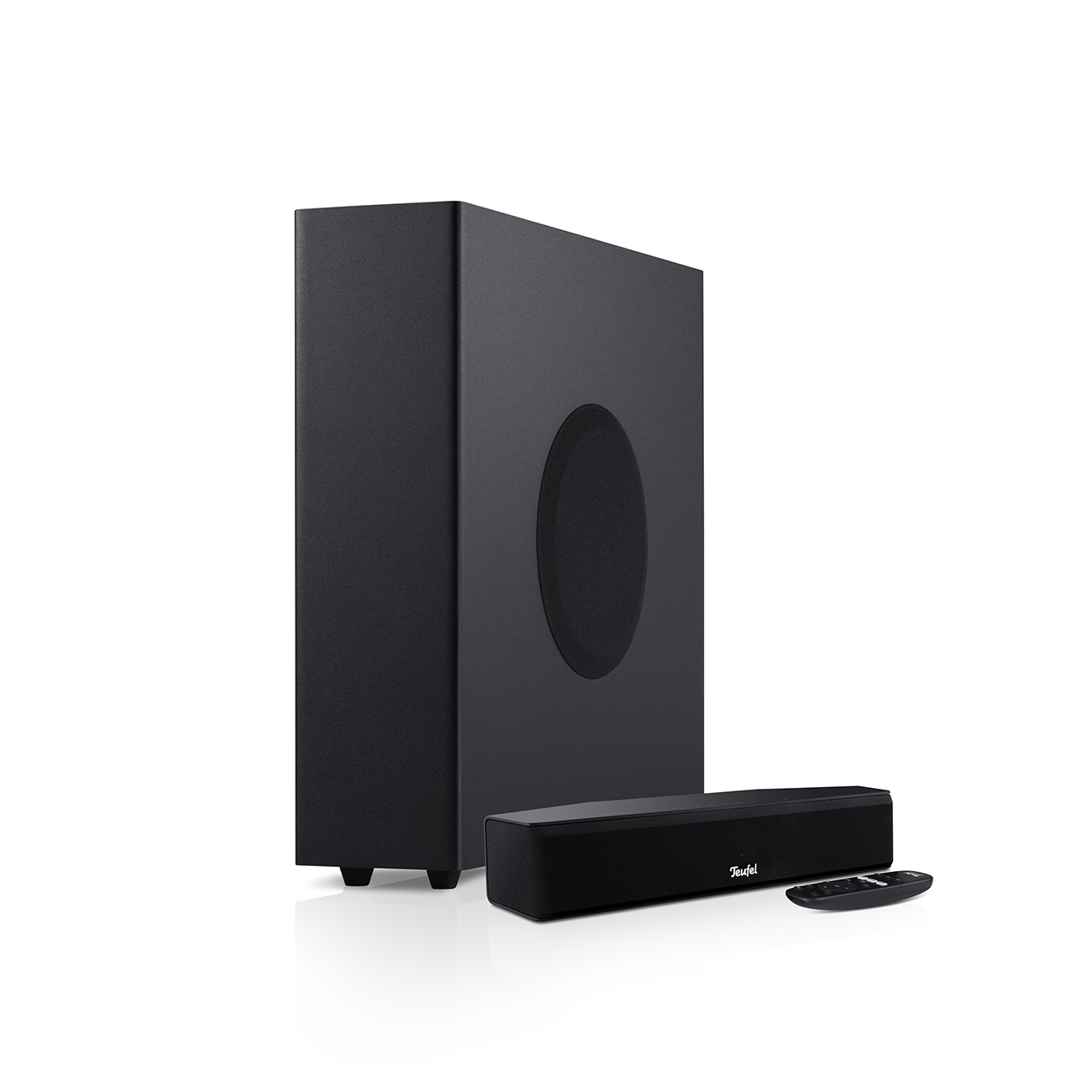
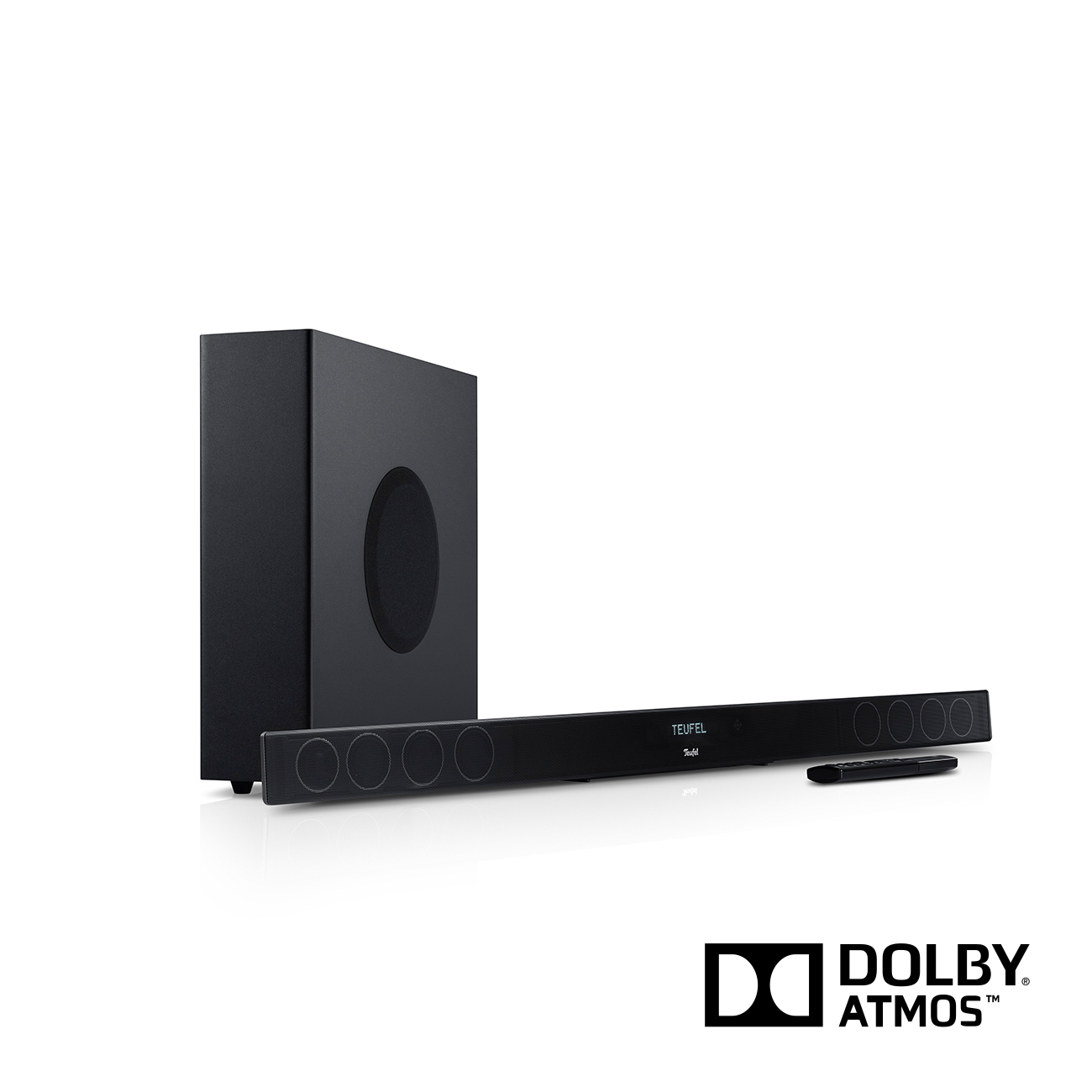
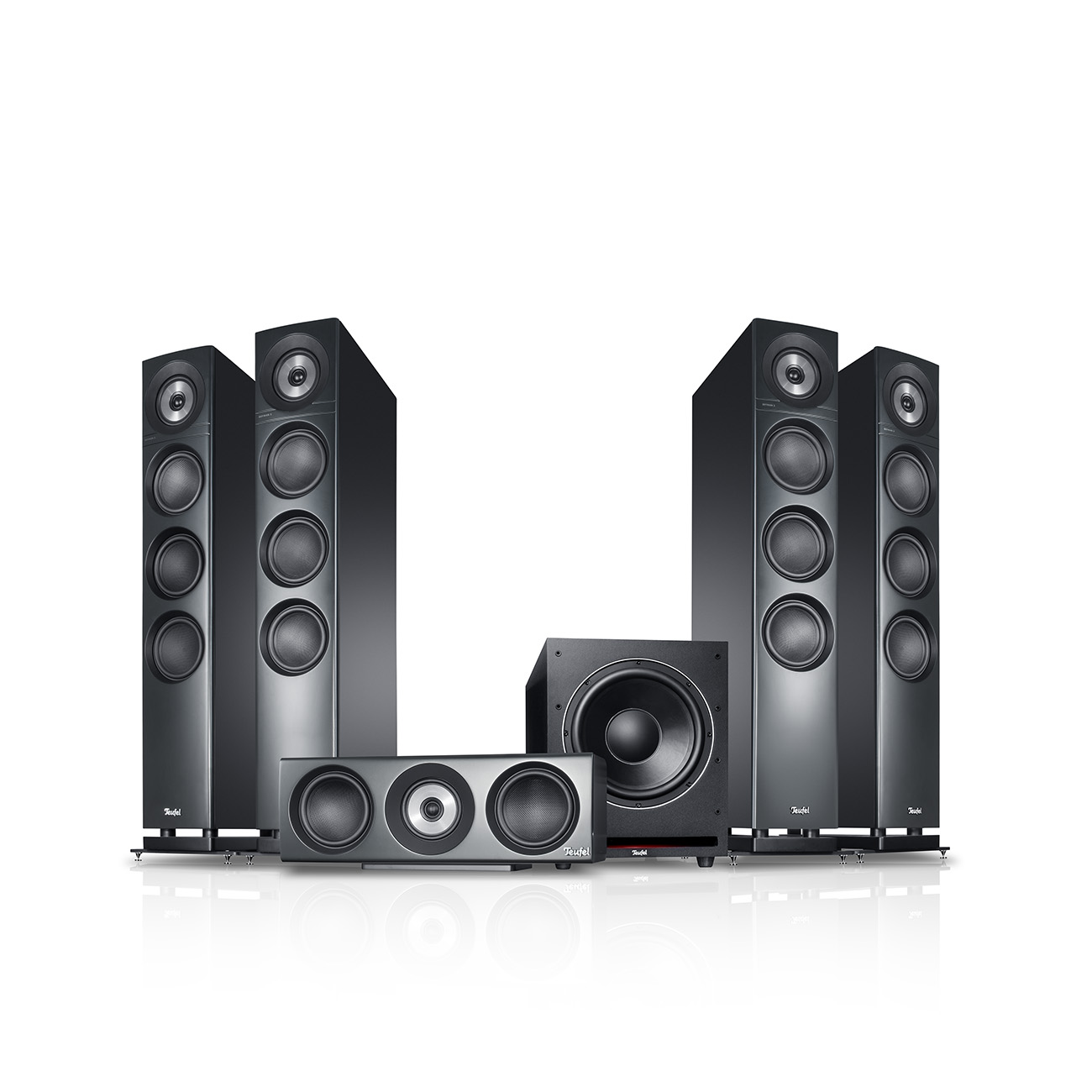
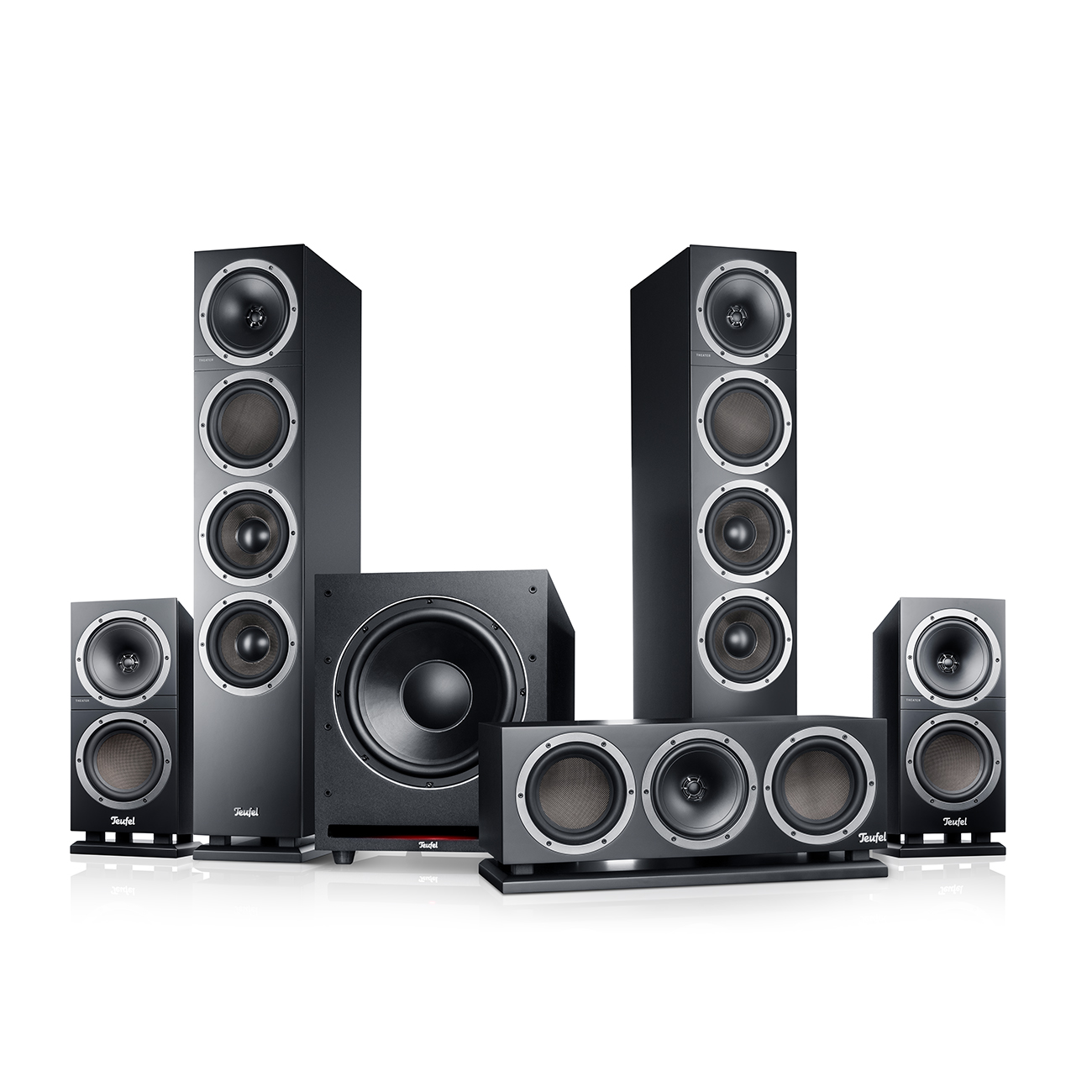
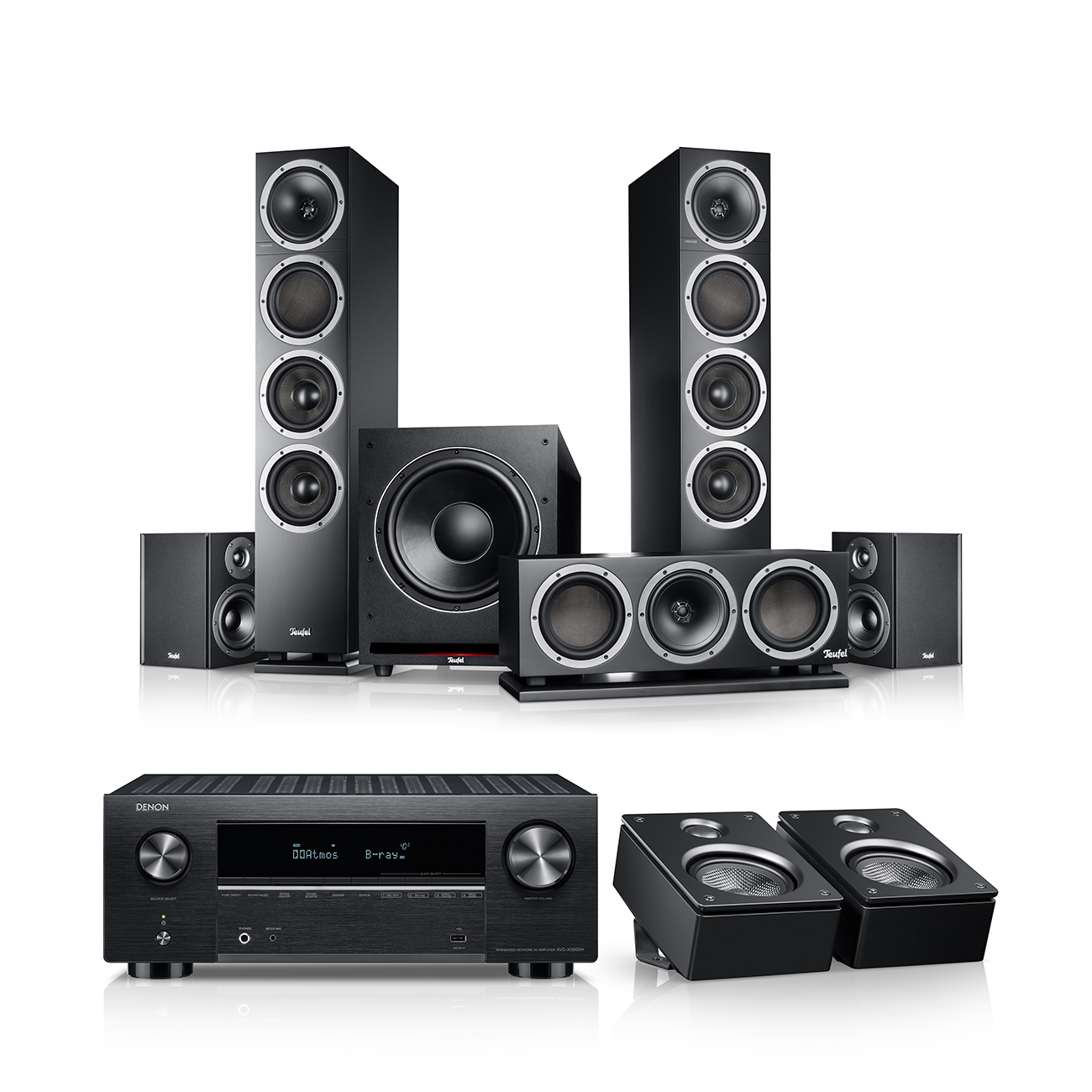


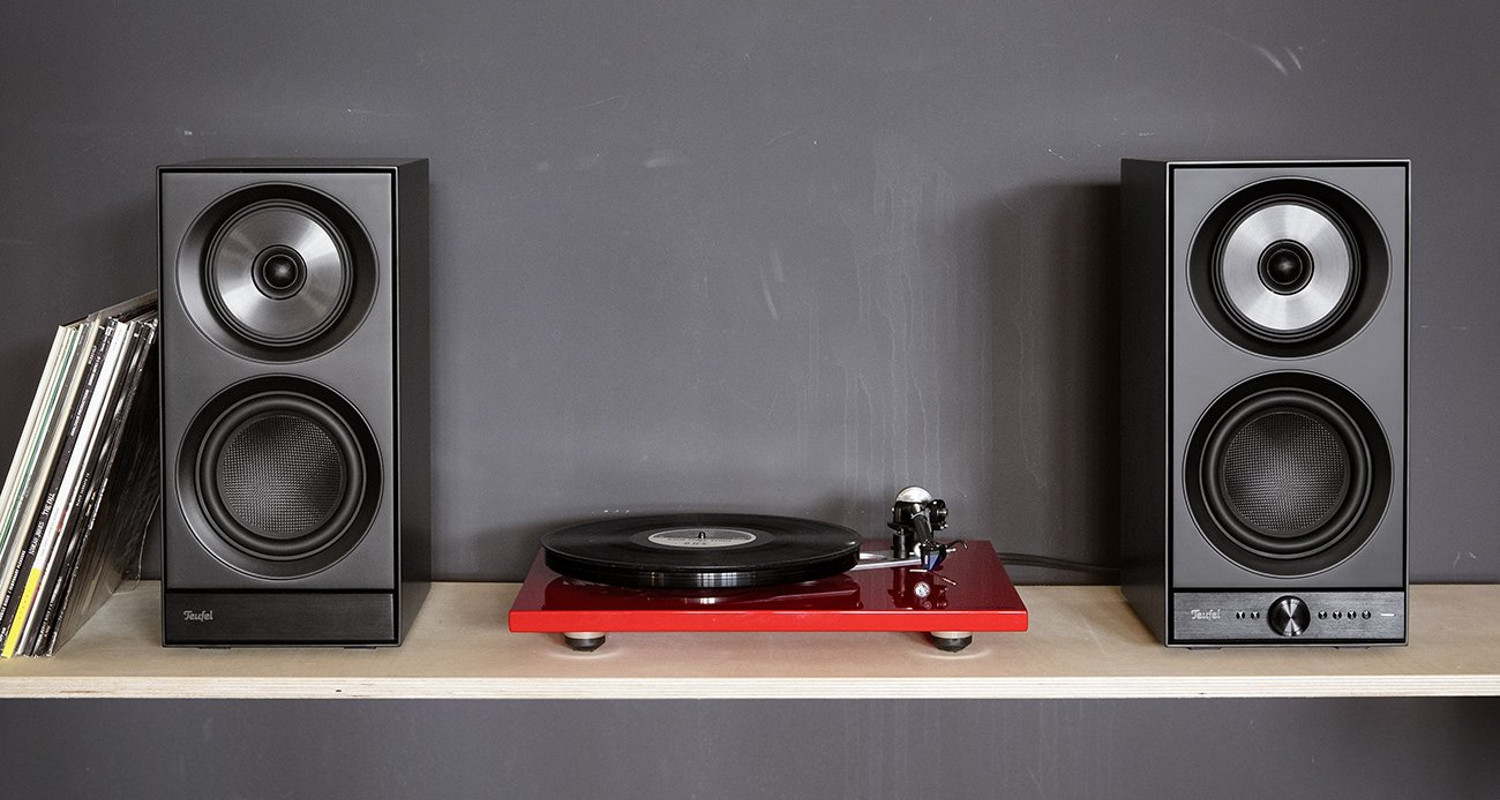
Leave a Reply